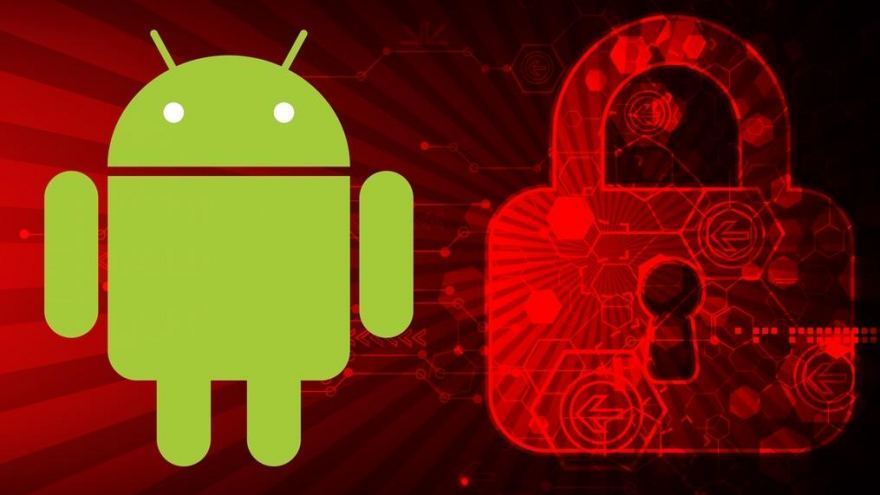Mobile Security researchers from Checkpoint recognize a new ransomware called Charger embedded in app EnergyRescue.
Like other malware found before, Charger checks the local settings of the device and does not run its malicious logic if the device is situated in Ukraine, Russia, or Belarus.This is likely done to shield the designers from being arraigned in their own nations or being removed between nations.
The charger was discovered inserted in an application called EnergyRescue.The damaged application takes contacts and SMS messages from the client’s device and requests administrator authorizations.
If authorized ransomware locks the device and exhibits a message requesting payment.The ransom interest for 0.2 Bitcoins (generally $180) is a higher payoff request than has been found in mobile ransomware in this way.
You need to pay for us, otherwise, we will sell a portion of your personal information on black market every 30 minutes.
WE GIVE 100% GUARANTEE THAT ALL FILES WILL RESTORE AFTER WE RECEIVE PAYMENT. WE WILL UNLOCK THE MOBILE DEVICE AND DELETE ALL YOUR DATA FROM OUR SERVER! TURNING OFF YOUR PHONE IS MEANINGLESS, ALL YOUR DATA IS ALREADY STORED ON OUR SERVERS! WE STILL CAN Be SELLING IT FOR SPAM, FAKE, BANK CRIME etc… We collect and download all of your personal data.
All information about your social networks, Bank accounts, Credit Cards. We collect all data about your friends and family.
Likewise Also Read : No more ransom adds immense power to globe against Ransomware Battle
Adware usually found on Play gathers benefits from advertisement systems, however, mobile ransomware dispenses harm to clients. Like FakeDefender and DataLust, Charger could be a pointer of a more extensive exertion by mobile malware engineers to get up to speed with their PC ransomware cousins.
Charger SHA256 hash: 58eb6c368e129b17559bdeacb3aed4d9a5d3596f774cf5ed3fdcf51775232ba0
Most malware found on Google Play has just a dropper that later downloads the original malware segments to the device.

Charger, nonetheless, uses a real pressing methodology which it harder for the malware to remain hidden, so it must remunerate with different means.
Advanced Hidden methods
- It encodes strings into binary arrays, making it difficult to assess them.
- It loads code from encrypted assets progressively, which most recognition engines can’t enter and investigate.
- The powerfully stacked code is likewise overflowed with senseless commands that veil the real commands going through.
- It checks whether it is being kept running in an emulator before it begins its malicious activity. PC malware initially presented this procedure which is turning into a pattern in malware having been embraced by a few malware families including Dendroid.
Common Defence Against ransomware







